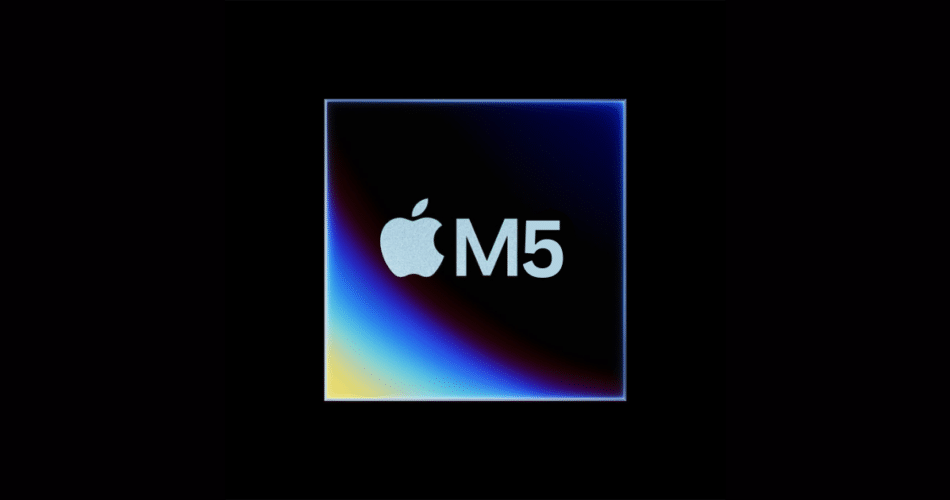Apple’s upcoming M5 chip series marks a significant shift in its processor design philosophy, as highlighted by reputable Apple analyst Ming-Chi Kuo. The transition to advanced chip packaging technologies, coupled with the introduction of separated CPU and GPU designs for the M5 Pro, Max, and Ultra variants, signals Apple’s aim to enhance performance and optimize production efficiency.
Traditionally, Apple’s System-on-a-Chip (SoC) design has been a cornerstone of its chip architecture, tightly integrating the CPU, GPU, and other components into a single package. This approach, first introduced with the iPhone and later adopted across its devices, minimized bottlenecks and allowed for superior thermal performance and energy efficiency. However, for the M5 Pro and its high-end variants, Apple plans to leverage TSMC’s SoIC-mH (System-on-Integrated-Chips-Molding-Horizontal) packaging technology. This 2.5D packaging methodology will separate the CPU and GPU while still integrating them within a compact unit, enabling better thermal management and increased performance under sustained workloads.
The M5 series will debut with TSMC’s advanced N3P node, the third generation of its 3nm process, ensuring significant improvements in power efficiency and processing capabilities. According to Kuo, the base M5 chip will enter mass production in the first half of 2025, followed by the Pro and Max versions in the latter half and the Ultra variant in 2026.
This shift in design is not solely aimed at consumer products. Kuo also revealed that Apple plans to deploy these high-performance chips in its Private Cloud Compute (PCC) infrastructure, catering to artificial intelligence (AI) inferencing tasks. Currently powered by M2 Ultra chips, Apple’s PCC systems will gradually transition to M4 series chips before adopting the high-end M5 chips, which are better suited for server-grade applications.
The implications of this design evolution extend beyond Apple’s ecosystem. Companies in Apple’s supply chain, such as BE Semiconductor Industries (BESI), stand to benefit significantly from the adoption of advanced packaging technologies. BESI, for instance, provides equipment critical for assembling variable aperture components in the iPhone 18 Pro’s camera, another innovation expected in 2026.
(via Medium)
Subscribe to our email newsletter to get the latest posts delivered right to your email.


[…] rumors that Apple might release a lower-priced Vision Pro or introduce an updated version with the M5 chip, bringing enhanced processing power and improved augmented reality […]